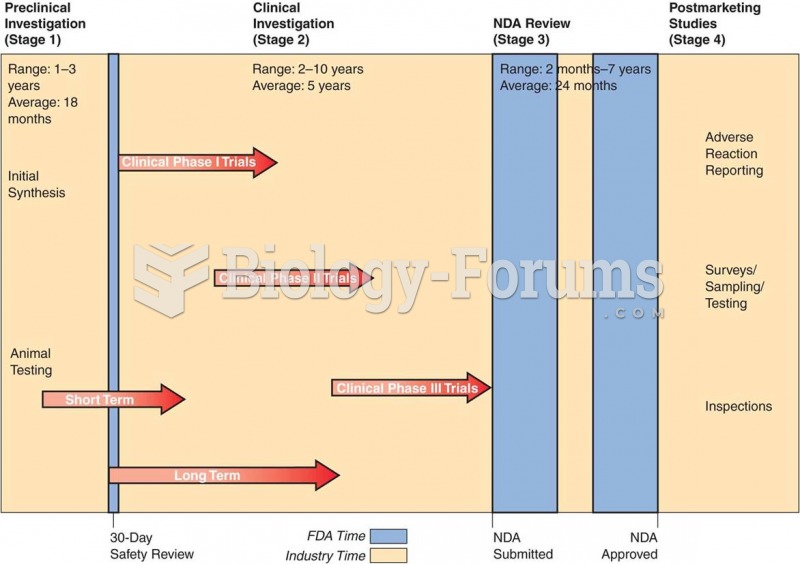|
|
|
Though the United States has largely rejected the metric system, it is used for currency, as in 100 pennies = 1 dollar. Previously, the British currency system was used, with measurements such as 12 pence to the shilling, and 20 shillings to the pound.
Certain topical medications such as clotrimazole and betamethasone are not approved for use in children younger than 12 years of age. They must be used very cautiously, as directed by a doctor, to treat any child. Children have a much greater response to topical steroid medications.
Approximately one in three babies in the United States is now delivered by cesarean section. The number of cesarean sections in the United States has risen 46% since 1996.
Signs of depression include feeling sad most of the time for 2 weeks or longer; loss of interest in things normally enjoyed; lack of energy; sleep and appetite disturbances; weight changes; feelings of hopelessness, helplessness, or worthlessness; an inability to make decisions; and thoughts of death and suicide.
The calories found in one piece of cherry cheesecake could light a 60-watt light bulb for 1.5 hours.
 Jane Goodall pioneered the modern approach to studying primates in the wild, involving close-up obse
Jane Goodall pioneered the modern approach to studying primates in the wild, involving close-up obse
 The proportion of U.S. adults in the workforce has increased slightly for older age groups over the ...
The proportion of U.S. adults in the workforce has increased slightly for older age groups over the ...





